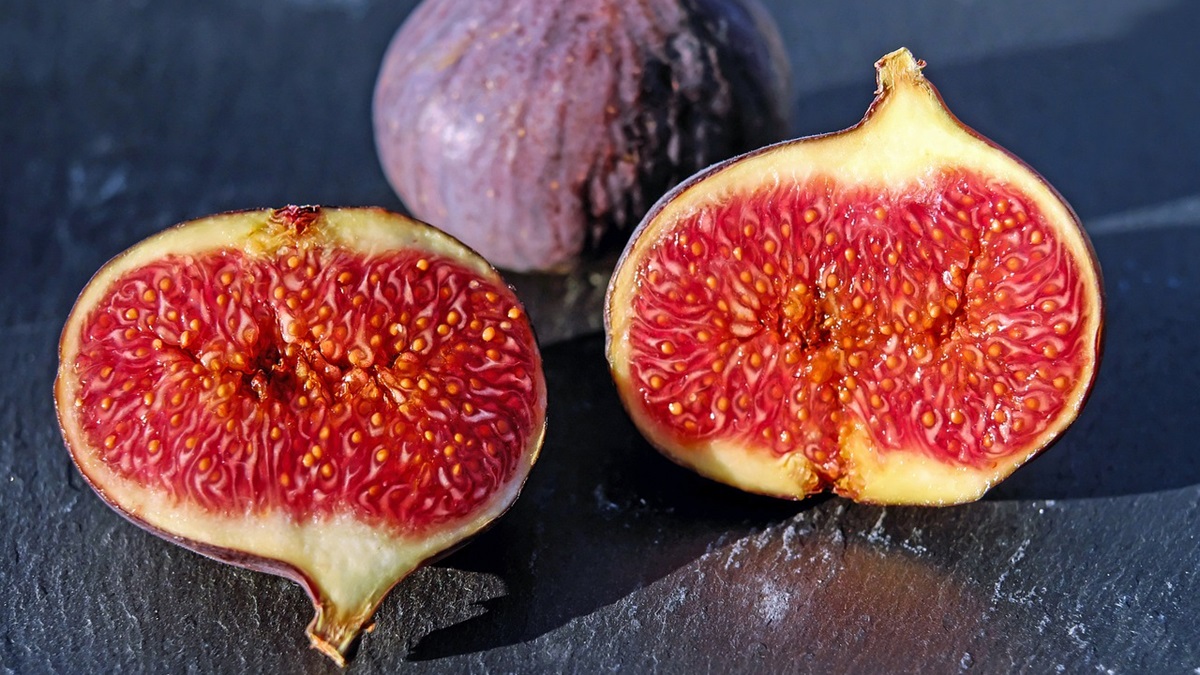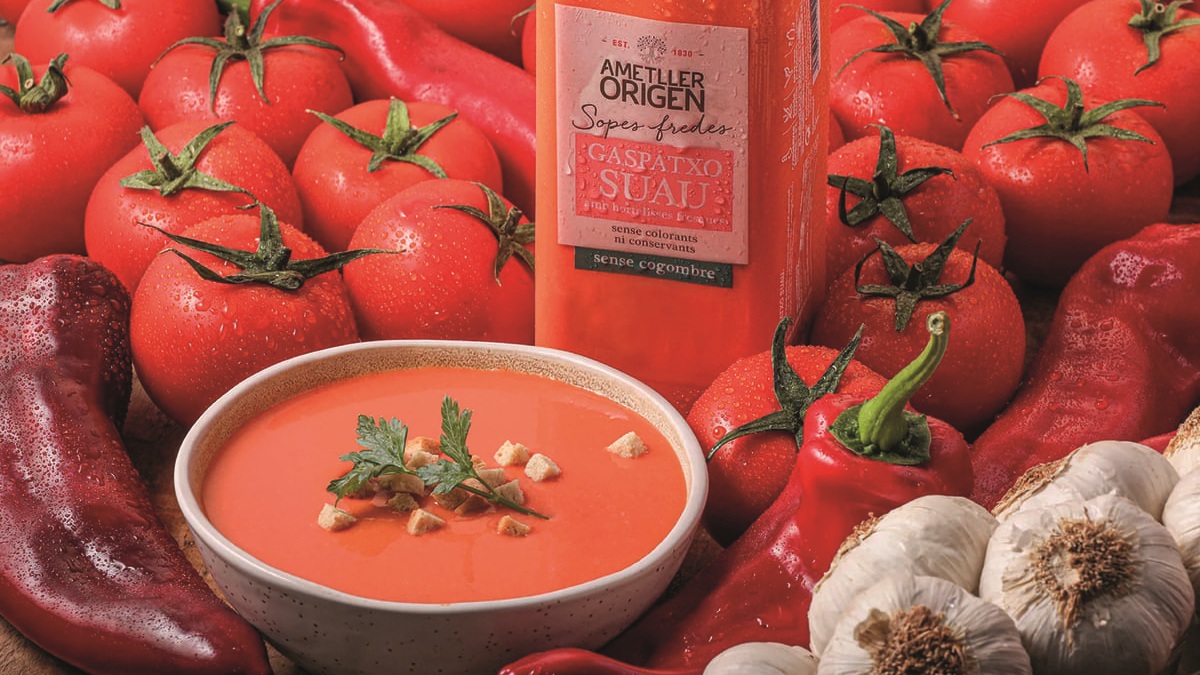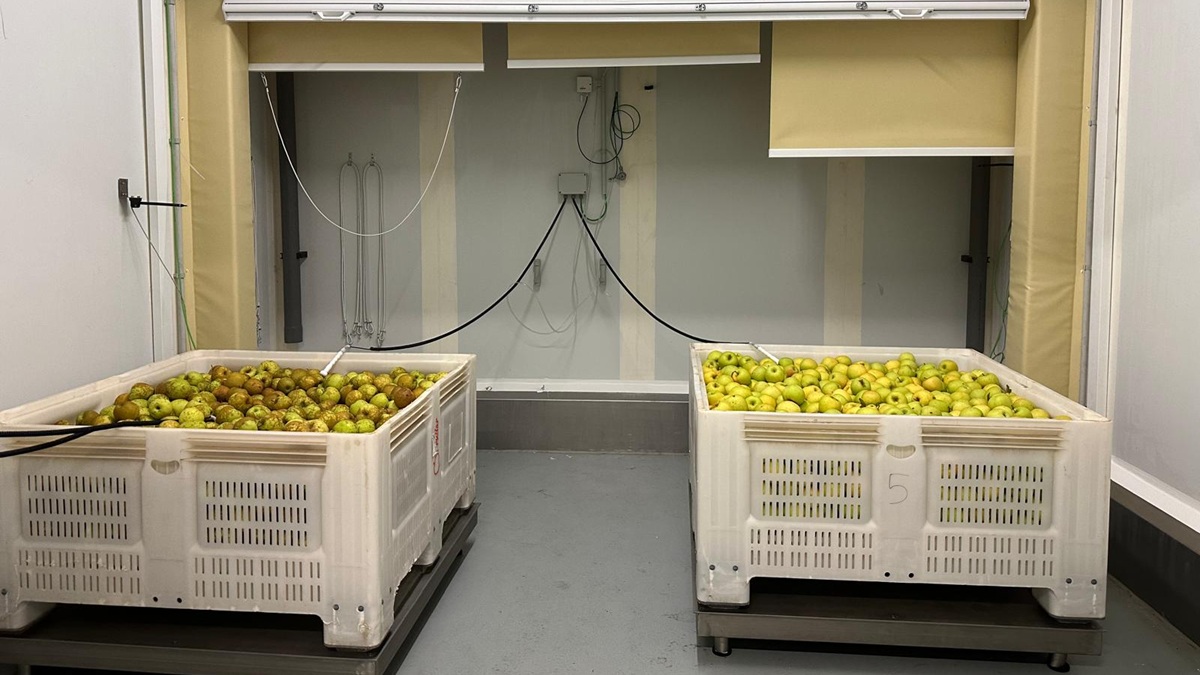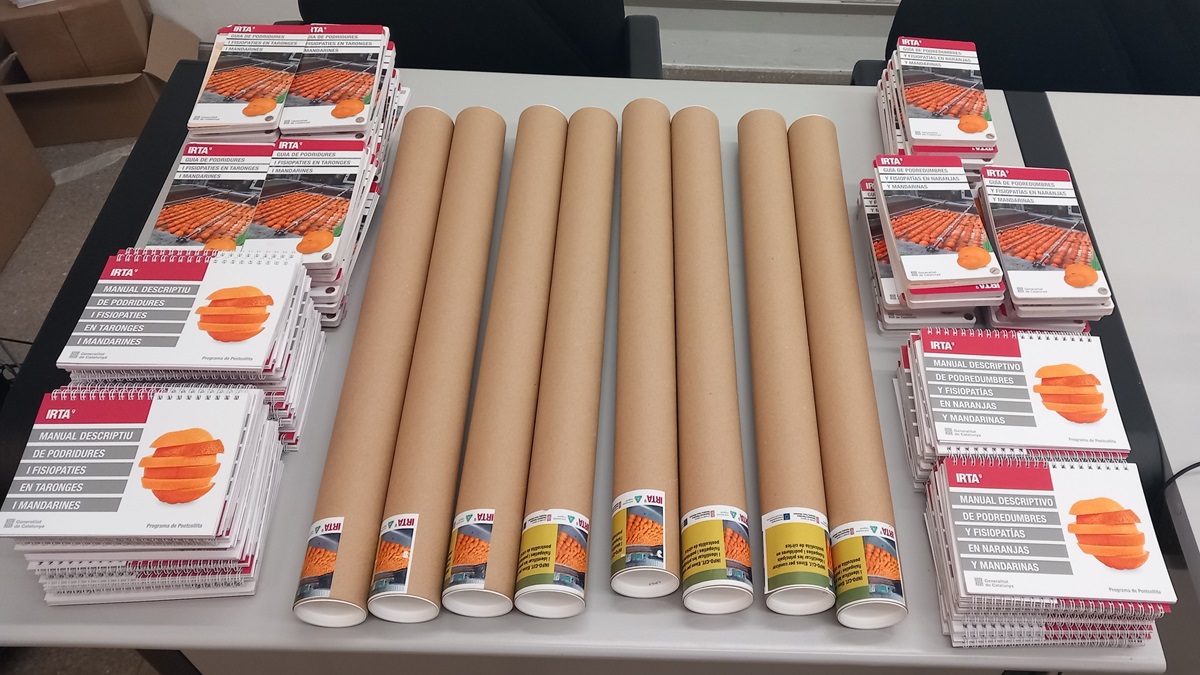

IRTA
Services
IRTA Researchers Evaluate New Maturity Indices for the Preservation of Minor Crops in the Iberian Peninsula
A groundbreaking IRTA study introduces new maturity indices aimed at enhancing the postharvest conservation of minor crops like quince, fig, and pomegranate in the Iberian Peninsula. These indices optimize handling and commercialization through more accurate, non-destructive techniques

Minor crops such as quince, fig, and pomegranate play a vital role in diversifying agricultural production while providing significant nutritional benefits. Although their yield is more limited compared to mainstream crops like peach or apple, these fruits are distinguished by their rich nutritional profiles and increasing market demand. Moreover, they contribute meaningfully to biodiversity by supporting pollination, pest control, and soil health.
Challenges in Postharvest Handling
Despite their advantages, these crops face substantial challenges during postharvest handling, which can lead to significant storage and distribution losses. The absence of clear maturity indices and tailored handling practices complicates their preservation. For instance, fig maturity is mainly assessed by neck curvature and skin color; for pomegranates, color serves as the primary indicator; and for quince, skin appearance is used. The variability in these characteristics across different fruit types highlights the need for precise, fruit-specific maturity indices.
Optimizing the preservation and commercialization of these minor crops requires developing postharvest handling techniques grounded in non-destructive methods and standardized practices. Establishing specific maturity indices, enhanced by advanced storage methods and statistical analysis, will enable a more effective correlation between fruit maturity and preservation capacity. This approach will not only reduce storage losses but also improve product quality in the market.
The proposed study aims to redefine harvest criteria and identify maturity stages for fig, pomegranate, and quince through both destructive and non-destructive methods. Key objectives include characterizing harvest maturity, assessing quality changes during distribution, and identifying parameters that enhance sensory appeal and consumer satisfaction.
Development of Specific Maturity Indices
Research into maturity indices for the postharvest management of minor crops has yielded significant insights for preserving these fruits effectively. For quince, the chlorophyll absorbance index has emerged as the most reliable predictor for postharvest conservation. Utilizing this index allows for the classification of fruits according to their intended use, simplifying handling and streamlining distribution.
In the case of figs, the percentage of colored surface, evaluated visually using a hedonic scale, has proven to be the most effective indicator for predicting storage viability. This measure enables figs to be grouped by maturity, facilitating optimized handling and reducing storage-related losses.
For pomegranates, a robust non-destructive classification index has yet to be identified. Although acoustic resonance measurements (%F and F0) showed promising results at the time of harvest, they failed to consistently align with organoleptic quality after storage. On the other hand, brightness assessed through colorimetry has shown potential as a maturity indicator, though further studies are needed to confirm its efficacy.












